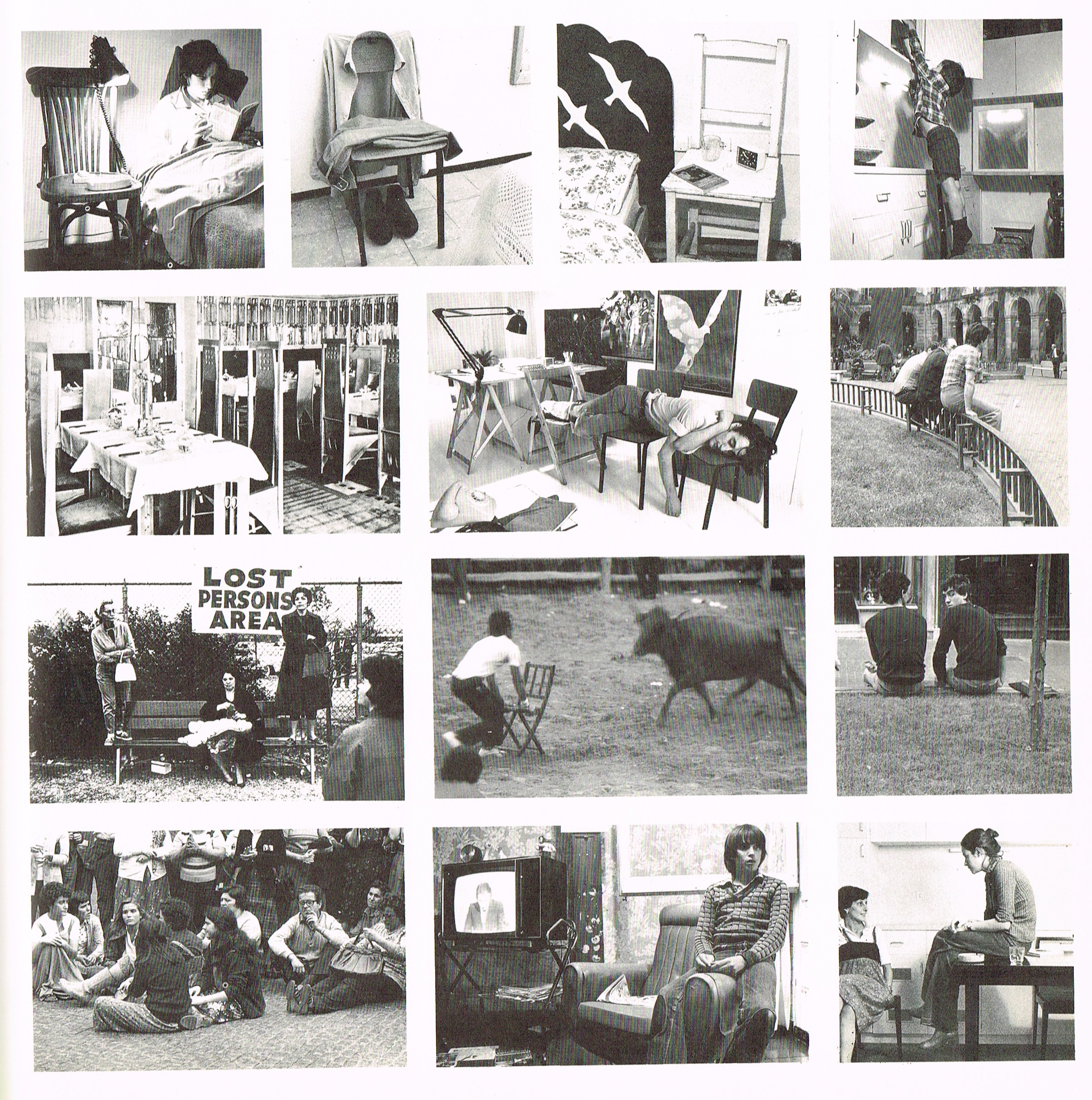Design: Illusion or Reality
“One day, after you had already been wandering around for some time, dreaming up your house, but having none, an unexpected event finally gave you the chance to get one. And you started raising it up around you, simple, clear, well-suited: the table, the couch, books, the lamp…”
Luis Cernuda, Ocnos, “The House”
Just as Cernuda says, a house is the result of constant endeavors, of searching, and is a refuge as well as a public exhibition of a way of thinking and a culture. But in any case we must draw a distinction between the outer shell (that is, the exterior of a house) and the interior (the house’s contents). In most cases we cannot do anything about the exterior, but we can indeed choose the table, couch, chairs and refrigerator that it will contain, just as we set certain books on shelves and select the color of our sheets according to our specific tastes.
There are three main ways of choosing “furniture”. One way is through the information available through the communication media, while the second method is one of reliance on the decisions of a professional, and the third way is to follow one’s own discernment. All of these forms are turned into a scale of options in which predominant roles are played by the economic system of a consumer society and the cultural influences that, in one way or another and to a greater or lesser extent, condition the entire existence of each of us. But nevertheless, our overall image in the eyes of others is derived from the house itself, the specific shape of the table, and our way of speaking and acting. And “furniture” is there in the ensemble of all these forms.
What can be done with furniture: Is it intended to remain forever unchanged? How can the furniture replacement process be described? Any one of these questions, which are actually only different ways of expressing the same thing, deserves several different answers. But aside from the problems involving the deterioration of objetcs, there is one undeniable fact that, in spite of not being a direct answer to the question, brings the subjetc into focus: the replacement, and subsequent exclusion, of a piece of furniture by another one with the same function is equivalent to openly declaring the older object to be a thing of the past. Why do we abandon one object for another? And note that this act of abandon is sometimes even carried out poetically. In Spain there is a tradition of burning old household belongings that have fallen into disuse in the bonfires lighted on the Night of Saint John, in the midst of a celebration in which the whole town takes part. A new life begins for something.
But furniture, instead of disappearing, becomes all the more prolific, and chairs, tables and lamps continue to be designed. Although our consciences may maintain that a ceiling has been reached which cannot be surpassed, the reality of the matter is quite different. Just as Olympic records appear to be unbeatable, and every four years most of them are broken, in design, each year, the consensus of the cultural elite in the field gives its approval to a new chair, a new lamp, or a new table and, just as we said, a new superstar is born, replacing its counterpart, whose only mistake in its most often very short life was to have been born two or three years before.
In any case, there is one very important detail that should not be forgotten: these stars whose place has been usurped are not dead, but merely sleeping. And some of them will be aroused with the passing of years and be converted into objects that are treated more fondly and pampered more than ever they had been in their first time of glory. Their designs always bear illustrious signatures: Mackintosh, Terragni, Hoffmann, Breuer, Homar, Gaudí and many others. The new-born ones have what are, for the present, less universal creators, but history will one day remember them: these are pieces by Aalto, Sottsass, Zanuso, and in Spain, Tusquets, Cloret, Bonet, Cirici, Milá, Ricard and others.
So far we have dealt generally with furniture in relation to its creation and shape. But we have yet to go into another important aspect of the subject, namely, the ambiguity of use of furniture. This theme came up in a conversation with Miguel Milá. Starting from there, a graphic explanation was developed since, given the complex nature of the subject, this seemed to be the most logical way to deal with it. The following photographs should be “read in detail” since they open the way to an understanding of the “customs and practices” that are generated by each piece of furniture.

Chairs are not the only pieces of furniture that have multiple uses: we sit on tables or use them as shelves or flowerbox stands. Floor lamps may become racks or be used to support necklaces. We even dare to change their appearance by adding personal touches, continually re-designing, re-interpreting space and its contents. And when the home is not enough, people search for another characteristic element of the personality: a car, and then they begin to change it, or if this is not possible, thay at least demand that it do nothing to impair or interfere with their public image.
And there is one last aspect that comprises both function and form. We are speaking of those objects which, with their very shape, make use inconceivable (like the impossible tables of Bigas Luna), or whose shapes suggest uses for which they are not designed, such as Andy Warhol’s Campbell’s Soup cans. These items are of little quantitative importance in the design context, but when produced in different societies, they act as unexpected roadblocks that make us stop, perplexed, along our easy-going way and give us an insight into the mad world of the cultural underground.
Should this process of constant change be carried on with materials, shapes and uses? Up to what point is this process inherent in “designing” or is it a necessity of the designer himself? Perhaps both designing and the designer are creations of the users who adapt and transform every phenomenom, whether or not it has to do with the home, into their own personalities, which require certain means that unleash these very same contradictions.
Marta Ribalta for “habitat” magazine (1978).
Comentarios:
AffiliateLabz
2020-02-15 14:27:36
Great content! Super high-quality! Keep it up! :)
SEO Affiliate
2020-01-27 00:57:38
Awesome post! Keep up the great work! :)

